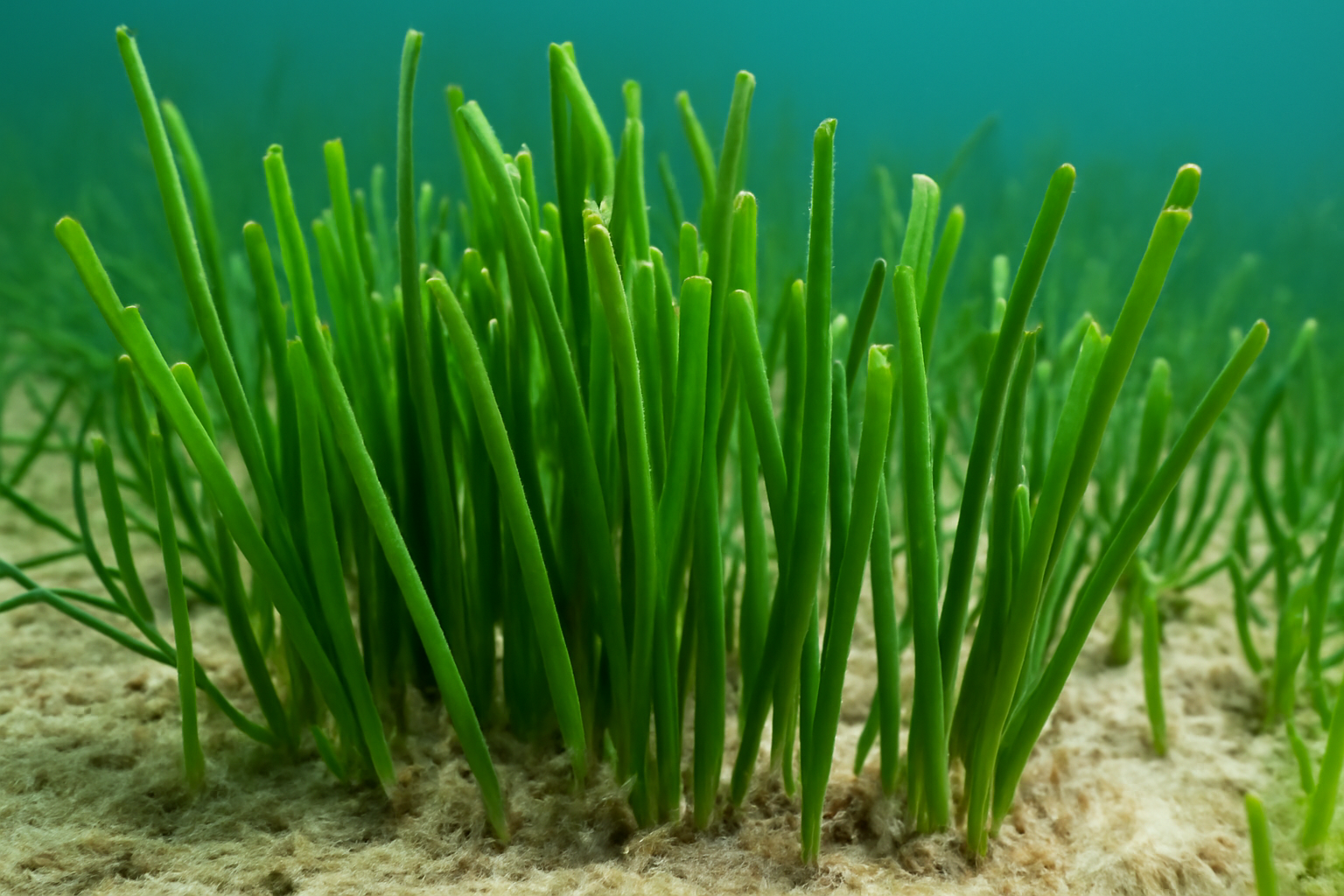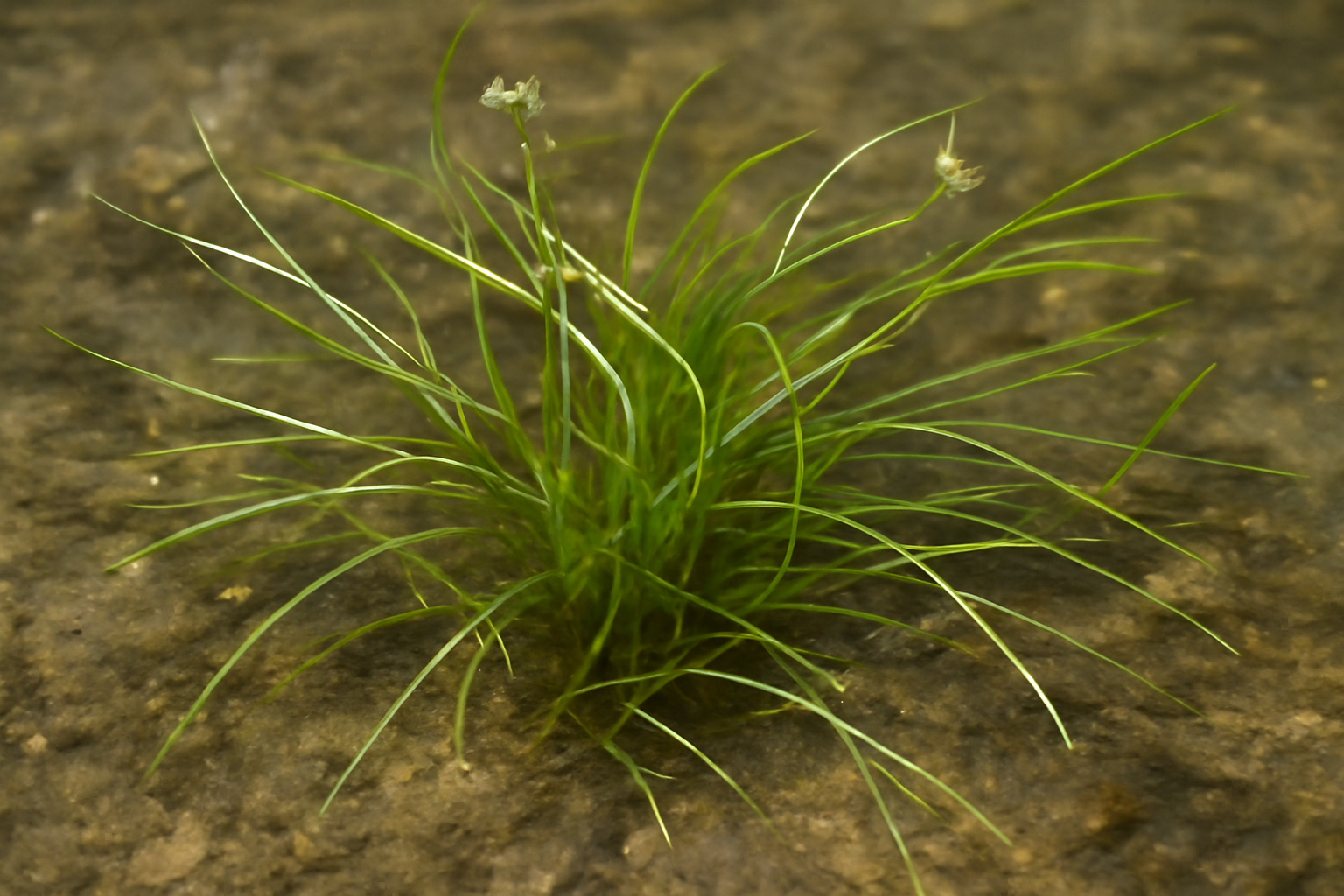Tasselweeds [Ruppia]
Description
Ruppia, commonly known as the tasselweeds, is the sole genus within the family Ruppiaceae, encompassing several species of aquatic plants. These plants are typically found in marine environments, such as brackish and saltwater habitats around the world. Ruppia species are characterized by their slender, grass-like leaves, small flowers, and their unique pollination mechanism which is adapted to underwater fertilization. The genus plays a significant ecological role in aquatic ecosystems by providing habitat and food for various wildlife, including waterfowl and fish. Members of this genus are also indicators of water quality and ecosystem health. Ruppia species have adapted to a wide range of salinities, which allows them to thrive in environments ranging from nearly fresh to hypersaline waters.
Species

Manatee grass [Syringodium filiforme]
View Details
Paddleweed [Halodule uninervis]
View Details
Widgeon grass [Ruppia maritima]
View DetailsTaxonomy
| Phylum |
Seagrasses
Anthophyta
|
|---|---|
| Class |
Seagrasses
Anthophyta
|
| Order |
Eelgrasses
Zosterales
|
| Family |
Tasselweeds
Ruppiaceae
|
Statistics
- Species 3